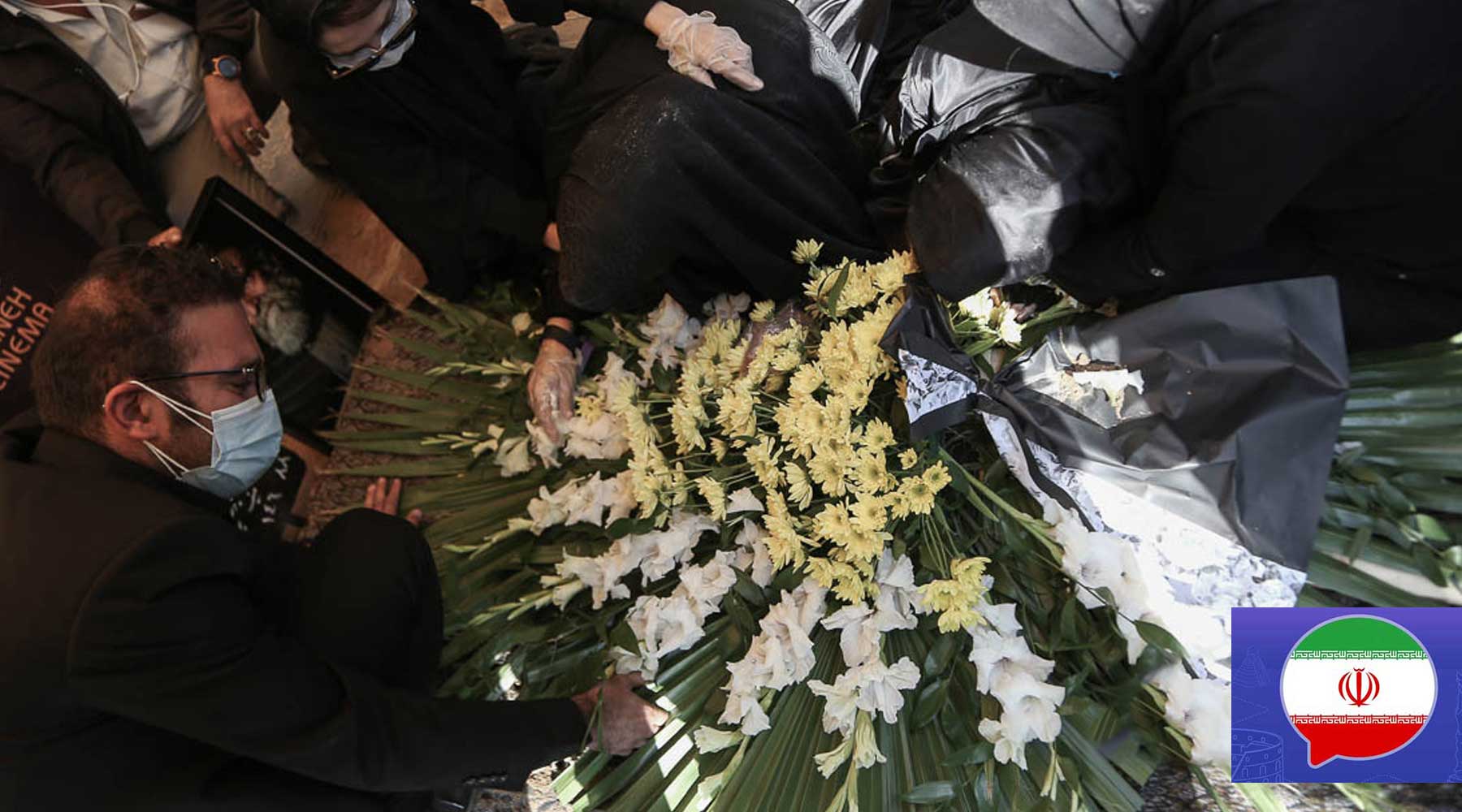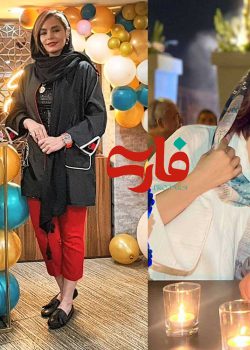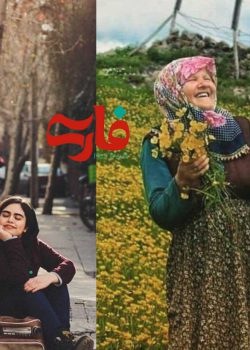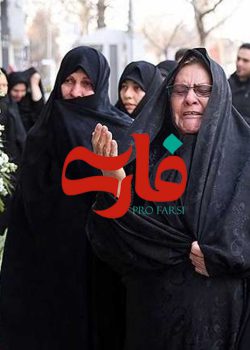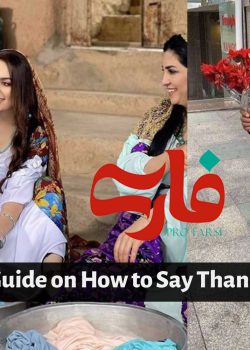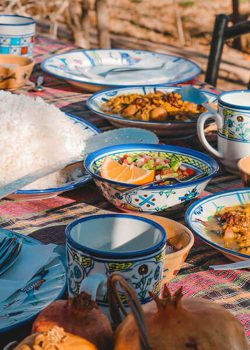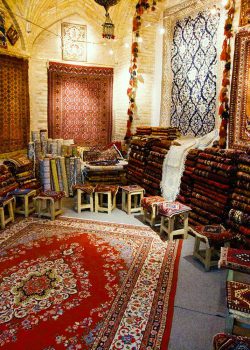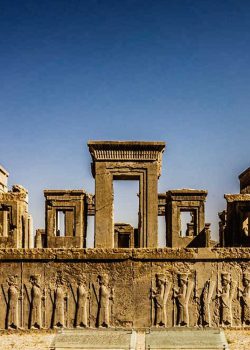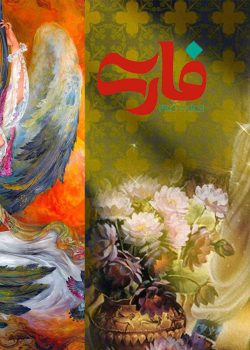Preparing for a Persian Funeral? Here’s What You Need to Know
The death of a loved one can be a difficult and painful experience. The grief of losing a family member or friend can be overwhelming. For many families, traditional funeral practices can provide a sense of comfort and closure during a time of mourning. If you are preparing for a Persian funeral, it is essential to understand the cultural customs and expectations. In this blog post, we will discuss the traditional practices, dress code, and other considerations that should be considered when attending a Persian funeral.
Attention Persian language learners: Are you looking to expand your knowledge of the Persian language, terms, customs, and literature? Look no further than Dehkhoda! Our comprehensive website provides a wealth of information and resources to help you learn and grow your understanding of Persian. Visit Dehkhoda today and start learning!
Traditional Persian Funeral Practices
A Persian funeral is steeped in tradition and ritual. During the funeral procession, the body is carried to the cemetery with friends and family following behind. At the cemetery, prayers and reflections are shared for the deceased, and the mourners gather for a burial ceremony. After the burial, the mourners return to the dead’s home for a mourning period, which may last from three days to a week.
Burial
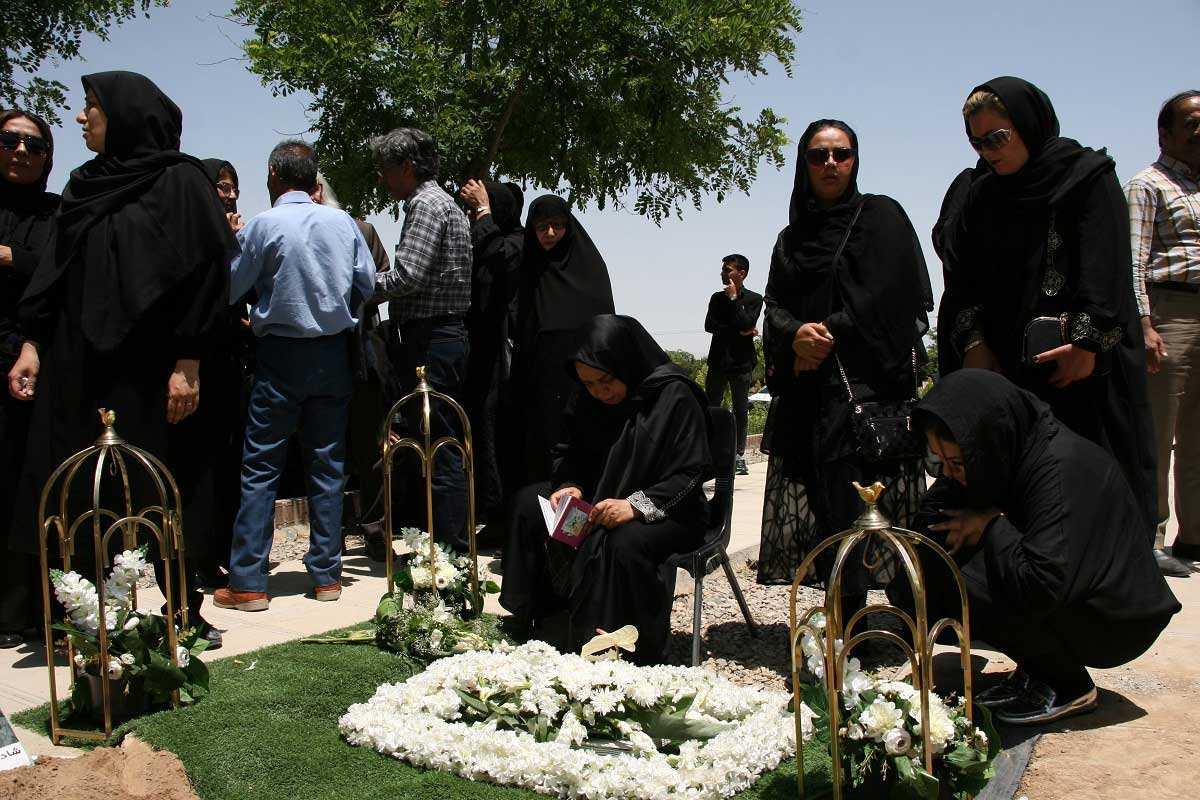
Burial ceremonies are an essential aspect of Persian funerals, and they typically involve several steps and rituals.
The first step in the burial ceremony is washing the deceased’s body. A group of family members or close friends of the deceased usually perform this. Cleansing the body, known as Ghusl, with warm water, camphor, and cedar leaves cleans the body from physical pollution. After that, the body is covered in a unique white shroud called a Kafan.
Next, the body is taken to a mosque or a funeral home, where a prayer service is held. The prayer service is led by an imam, who recites verses from the Quran and offers prayers for the deceased. Friends and family members of the dead also participate in the prayer service, offering their condolences and prayers.
After the prayer service, the body is transported to the cemetery for burial. The body is placed in a grave at the cemetery, usually facing Mecca. The grave is then covered with dirt and stones.
After this, they hold the ceremony on the third and seventh days. Sevom is a memorial service held on the third day after the burial. It is a time for family members and friends to gather and remember the deceased. During this ceremony, prayers are recited, and food is served to mourners. Sevom is an essential tradition in Persian culture, as it provides an opportunity for loved ones to continue mourning and honoring the memory of the deceased.
Haftom is a memorial service held on the seventh day after the burial. Like Sevom, Haftom is a time for family members and friends to gather and remember the deceased. Haftom is also an essential tradition in Persian culture, as it symbolizes the completion of the initial mourning period.
In Persian culture, it is also common for family members to hold a memorial service, known as a “Chehelom,” forty days after the burial. This ceremony honors the deceased and allows family and friends to gather again and offer their condolences.
Overall, the burial ceremony in Persian funerals is a solemn and meaningful ritual that reflects the Persian people’s deep cultural traditions and customs. It provides an opportunity for family and friends to come together and offer their final respects to the deceased and to find comfort and solace in support of their community.
Traditional Food
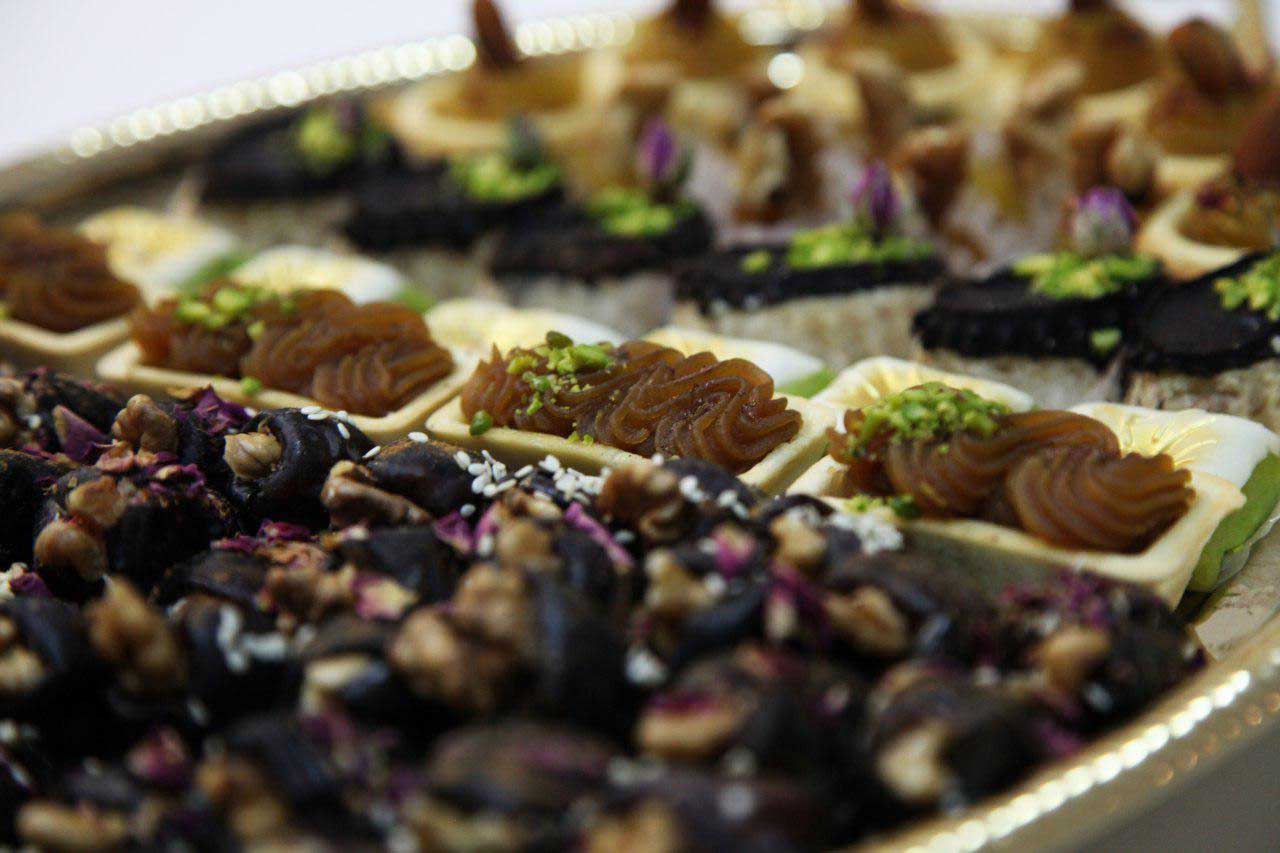
In Persian culture, some traditional foods are often served during funeral ceremonies to show respect for the deceased and offer condolences to their family and friends. Some of these foods include:
- Aash-e Reshteh: This is a hearty soup made with beans, noodles, herbs, and sometimes meat. It’s a comfort food often served during mourning periods in cold weather.
- Kabab: Grilled meat, particularly lamb or chicken, is a popular dish in Persian cuisine and is often served at funerals.
- Dolmeh: Made with stuffed grape leaves, eggplant, or bell peppers is another popular dish in Persian cuisine and may be served as a side dish or appetizer in some areas.
- Halva: A sweet confection made with sesame seeds, flour, and sugar; halva is often served as a dessert during Persian funerals.
- Tea and Cookies: Persian tea and sweets are often served to mourners to offer comfort and hospitality during the mourning period.
- Dates: Dates are a traditional food in Persian culture and may be offered to guests as a symbol of hospitality and respect.
It’s worth noting that the specific foods served may vary depending on the region and the family’s customs and traditions.
Poetry and Music
Poetry and music play an essential role in Persian funerals. These two art forms have been intertwined with Persian culture and customs for centuries. They are considered integral parts of the mourning process. Persian funerals are steeped in tradition and symbolism, with poetry and music serving as a means of honoring the deceased, expressing grief, and offering comfort to those left behind.
The poetry recitation in Persian funerals has a powerful effect on those present. It is common to see mourners overcome with emotion as the poet’s words resonate within them.
Music is also an integral part of Persian funerals. Traditional Persian funeral music is mournful and reflective, with slow, haunting melodies that reflect the occasion’s solemnity. The music is typically played on conventional Persian instruments such as the santur, tar, and ney, which add a distinct Persian flavor to the proceedings.
In conclusion, poetry and music are essential elements of Persian funerals. These art forms serve as a means of honoring the deceased, expressing grief, and offering comfort to those left behind. Through reciting poetry and playing mournful music, Persian funerals create a solemn and reflective atmosphere that allows mourners to come to terms with their loss and celebrate the deceased’s life.
Dress Code
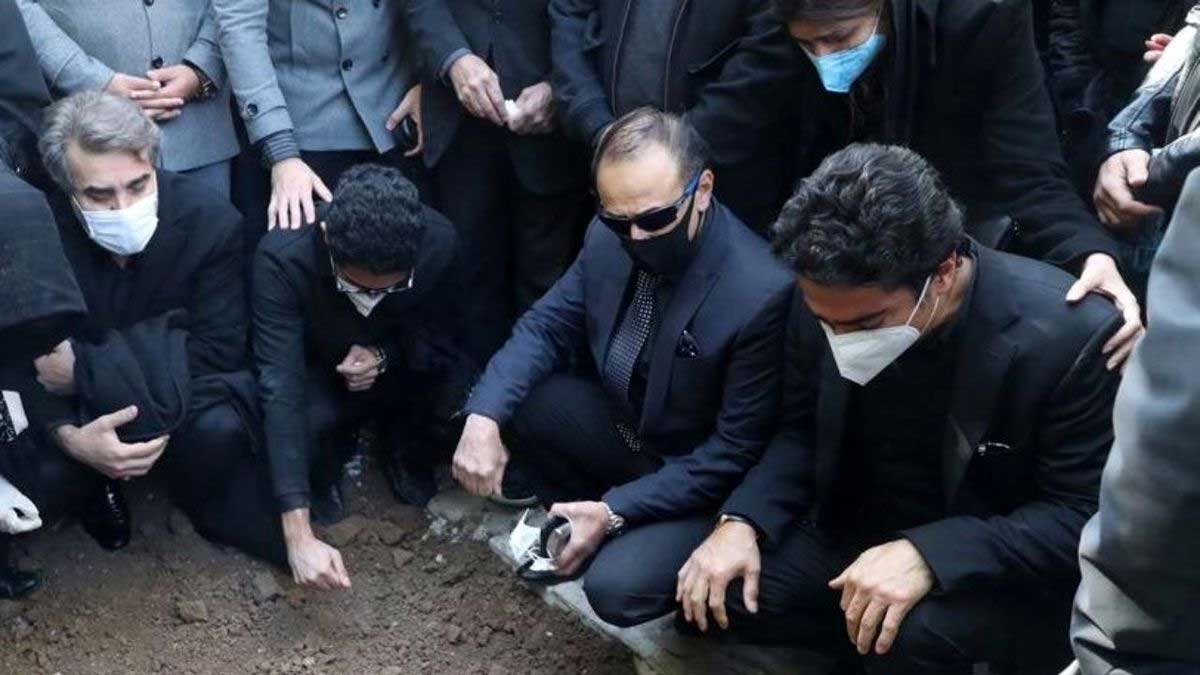
In Persian culture, it is customary to dress respectfully and modestly for a funeral. Typically, mourners wear dark and somber clothing to show respect for the deceased and their family. Black is the most common funeral attire, but dark colors, such as dark blue or gray, are also appropriate.
Men typically wear a dark suit with a dress shirt and tie. Women can wear a dark-colored dress or a skirt and blouse but should avoid anything too revealing or flashy.
Additionally, it is common in Persian culture to remove your shoes before entering a home or a mosque for a funeral service, so you may want to wear socks or bring a pair of slippers to wear inside.
The key is to dress respectfully and conservatively, show your condolences to the family and respect the occasion’s solemnity.
Conclusion
Preparing for a Persian funeral can be a difficult and emotional experience. While it can be challenging to understand the traditions and expectations, it is essential to respect the cultural customs of the Persian culture. By understanding the traditional practices, dress code, and other considerations, you can ensure that you provide the deceased with a proper and meaningful funeral.
Related Posts

